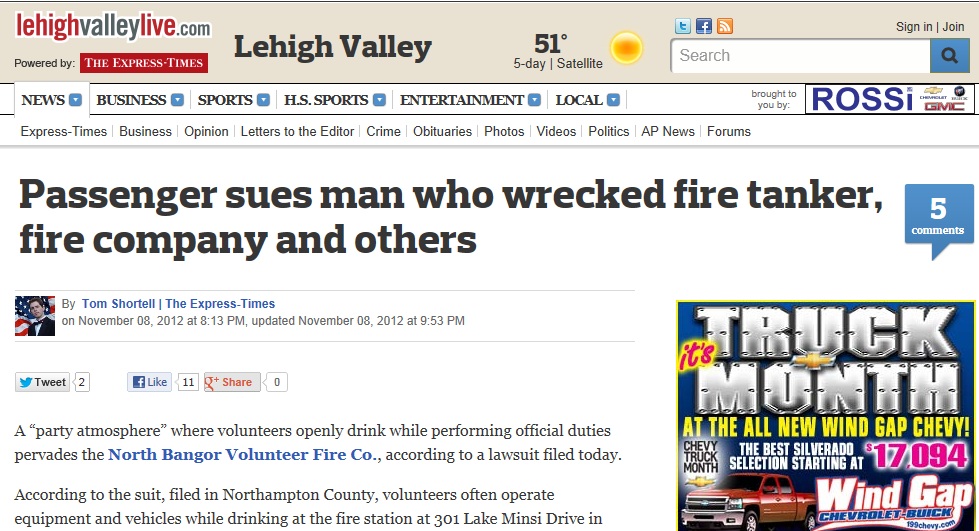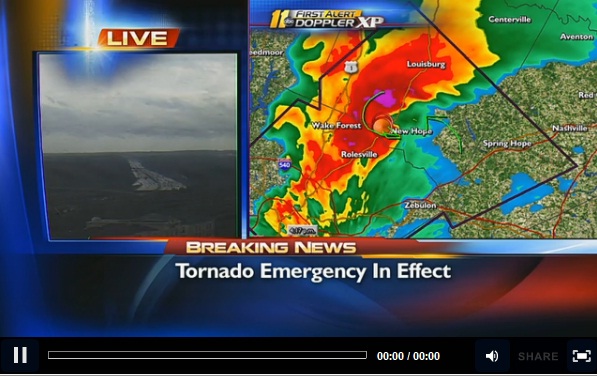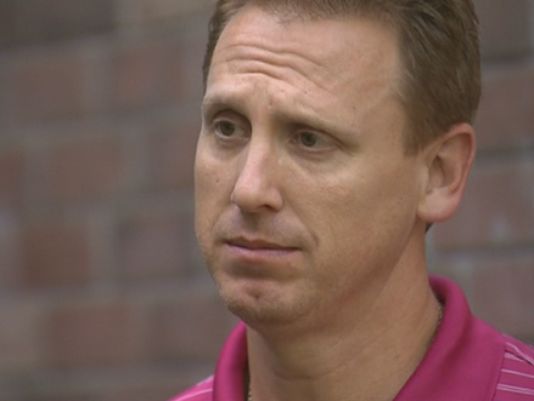Someone else finally addressed what really killed Carol Glover — it wasn’t that hard to figure out

The big news today (Tuesday) in Washington, DC is the long-awaited safety take-down of the Metro subway system by the National Transportation Safety Board (NTSB). NTSB makes it extremely clear the reason a woman named Carol Glover died and more than 90 people were injured in a smoke filled train on January 12, 2015 is Metro’s decades-long attitude that safety isn’t all that important.
We know it’s rarely any one thing that causes a disaster like this. It’s almost always a series of problems. And problems are something not in short supply at Metro. If you follow the news coverage or read the NTSB’s accident report synopsis released today, you’ll learn about scores of mistakes by Metro’s leadership and workers leading up to the tragic incident, during the crisis and the days, week and months afterwards. You will also hear about problems at DC’s 911 Center (Office of Unified Communications or OUC) and the DC Fire & EMS Department (stay tuned, below, for the DC part of the story).
Many of these issues played a role in killing Carol Glover. But there were two amazingly stupid actions that, had they been handled properly, would have prevented Glover’s death. The first is when the initial and secondary signs of trouble occurred, Metro’s Rail Operations Control Center (ROCC) sent two trains toward danger. The second is that Metro waited at least 15 long minutes before calling fire and EMS for help (and then the DC 911 center added four more minutes of delay). Here’s how NTSB put it in its synopsis:
The Washington Metropolitan Area Transit Authority put passengers at risk by routinely using trains with revenue passengers to investigate reports of smoke or fire
Communications between the District of Columbia Fire and Emergency Medical Services Department (FEMS) liaison in the Rail Operations Control Center and the FEMS incident commander were delayed and inefficient.
Previously: When will someone finally address what really killed Carol Glover?
News coverage: The Washington Post, WTOP Radio, WUSA9.com, WTTG-TV/FOX5, WJLA-TV/ABC7. WRC-TV/NBC4
No surprise here
Fifteen months-ago, on February 17, 2015, I posted a column highlighting these same two key issues. To be honest, I was quite frustrated then. Frustrated because it was all tragically predictable. In fact, on the day after Carol Glover died, with no inside information, I told reporter friends that sending trains toward a potential hazard, along with delays at ROCC and OUC were likely to be important issues that will come out in the investigation of this incident.
Am I clairvoyant? No, just a reporter who had covered Metro since the late 70s and knew the pattern. Metro had a history of sending trains into danger and both Metro and OUC have been guilty frequently of delaying responses by many minutes.
My frustration wasn’t just with Metro or OUC. As you will read in the February 2015 column, I was unhappy with the political leadership, locally and in Congress, along with the news media. They were not focusing on these two key issues. The evidence was in front of them, but no one was really seeing the dots, much less connecting them.
NTSB has now created the clearest picture, confirming Metro has never really put safety first, or even second or third. All of the items brought up by NTSB are very important and need to be dealt with. But don’t lose sight of the fact that if Metro’s workers had done the right thing when the two key decision points were upon them, Carol Glover would be alive.
The DC response
One of my other correct predictions immediately after the January 12, 2015 incident was that investigators would find there was delay in processing the call for help at the DC Office of Unified Communications. And, of course, there was. No surprise there for regular STATter911 readers.
At the time, I did not focus on the DC Fire and EMS Department’s role, because generally (but not always) in these situations, the firefighters aren’t the cause for delay. NTSB found not only problems with OUC, but also criticized DC’s command of the incident.
Below are NTSB’s findings and recommendations concerning 911, fire and EMS:
Findings
24. the Public Service Radio System communication problems were identified but not remediated before the accident.
25. The Washington Metropolitan Area Transit Authority’s radio-testing procedure in place at the time of the accident was insufficient to identify Public Service Radio System communication problems in a timely manner.
26. Communications between the District of Columbia Fire and Emergency Medical Services Department (FEMS) liaison in the Rail Operations Control Center and the FEMS incident commander were delayed and inefficient.
27. The District of Columbia Office of Unified Communications’ call processing delayed the emergency response to the accident.
31. The lack of formal training criteria for the battalion chief position may pose unnecessary risk with respect to incidents requiring the incident command process.
32. The incident commander had not been effectively trained in the skills and practices of the incident command process.
33. The incident commander should have elevated the incident response to a Unified Command structure.
34. In the initial phase of the emergency response, the incident commander did not take appropriate immediate action to provide emergency assistance to passengers on train 302.
35. Quarterly emergency response drills, particularly those in tunnels, would better prepare Washington Metropolitan Area Transit Authority (WMATA) and local emergency response agencies to respond to emergencies on the WMATA system.
36. The District of Columbia Fire and Emergency Medical Services Department was unprepared to respond to a mass casualty event in the Washington Metropolitan Area Transit Authority’s underground system.
Recommendations
To the mayor of the District of Columbia:
- Convene an independent panel of experts to (1) assess the District of Columbia Fire and Emergency Medical Services Department’s preparedness to respond to mass casualty events in the Washington Metropolitan Area Transit Authority (WMATA) underground system, (2) identify and make recommendations to improve this preparedness, and (3) share the findings of that assessment with the other local jurisdictions with WMATA underground systems.
To the District of Columbia Office of Unified Communications:
- Audit your public service answering point (PSAP) to validate compliance with the standards published by the National Emergency Number Association or another similar standards organization. The audit should (1) determine the average length of time that call takers use to process an emergency call and dispatch emergency service and (2) compare those results with those of other comparable PSAPs.
- Upon completion of action satisfying Safety Recommendation R-16-XX, develop call‑processing standards for the public service answering point (PSAP) to ensure that 911 calls are processed in accordance with those of other comparable PSAPs.
- Train call takers for the public service answering point on the standards developed in Safety Recommendation R-16-XX and include the standards in recurrent training.
To the District of Columbia Fire and Emergency Medical Services Department:
- Implement measures to train all command officers who will serve in the role of incident commander in the skills and practices of National Incident Management System incident command and unified command processes. This training should include regular refresher training.








